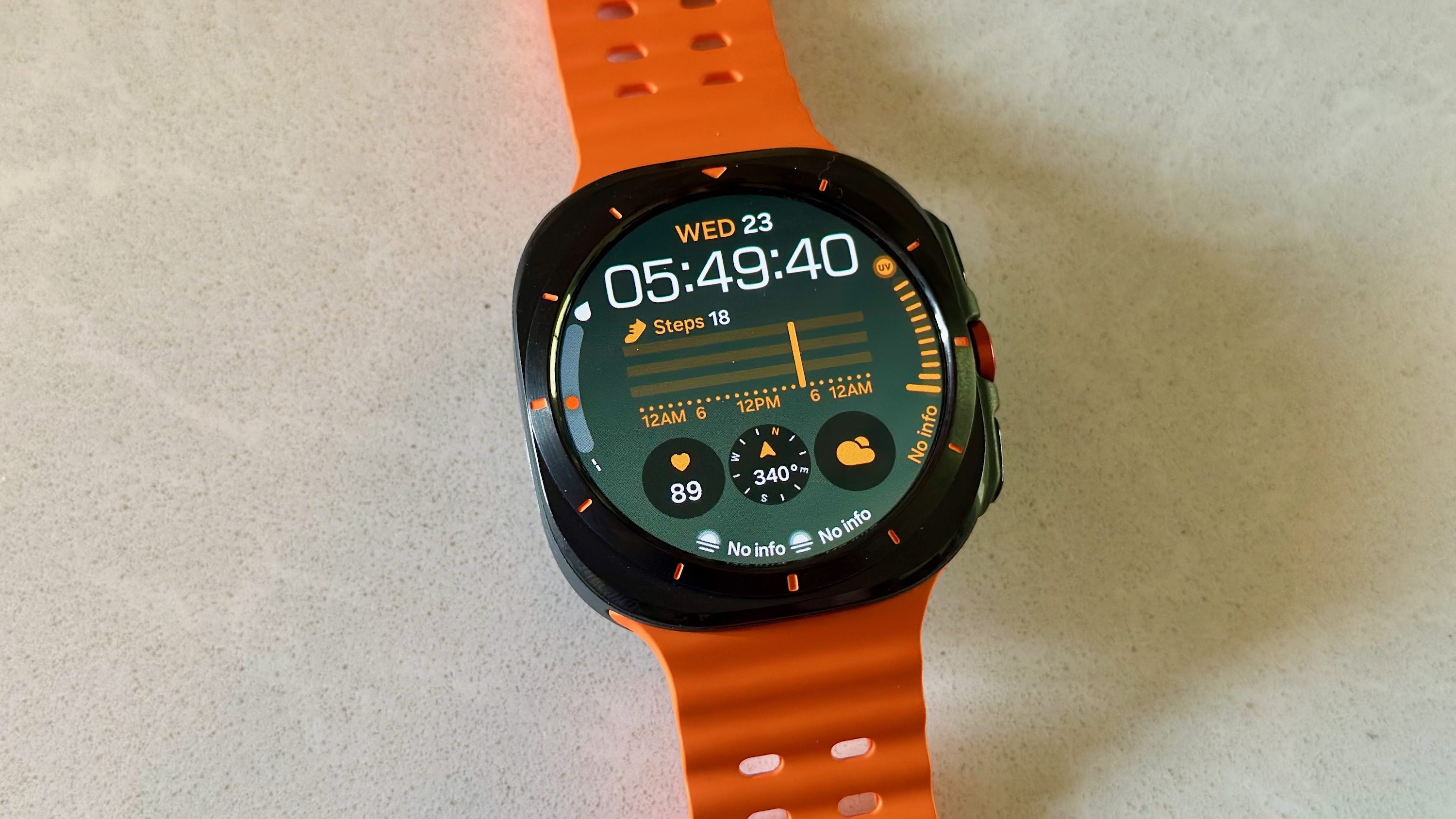Samsung Galaxy S25 Edge vs. Google Pixel 9 Pro XL: Form factor or function?
The Samsung Galaxy S25 Edge might be too slim on features compared to the Google Pixel 9 Pro XL.
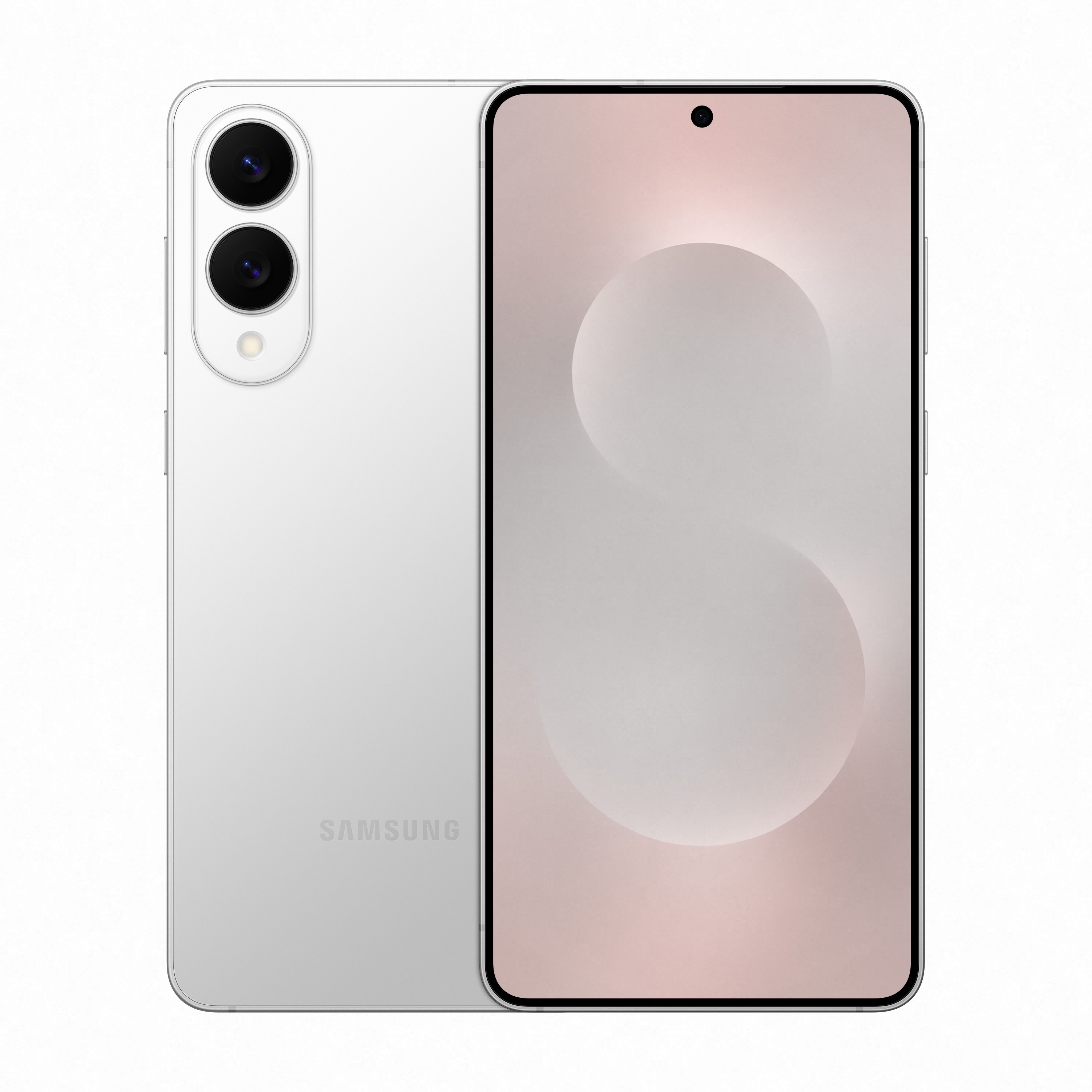
A design marvel
The Samsung Galaxy S25 Edge is all about form over function, and sometimes, that isn't a bad thing. It has a slightly-smaller 6.7-inch display compared to the Pixel 9 Pro XL, but is considerably thinner and lighter. Plus, you get a faster Snapdragon 8 Elite chipset.
Pros
- Measures just 5.8mm thin
- Weighs only 163 grams
- Sports a 200MP main camera sensor
- Has a fast Snapdragon 8 Elite for Galaxy chip
Cons
- Small 3,900mAh battery
- Slow 25W wired charging
- Thermal concerns due to thin form factor
- Priced like a flagship with fewer features
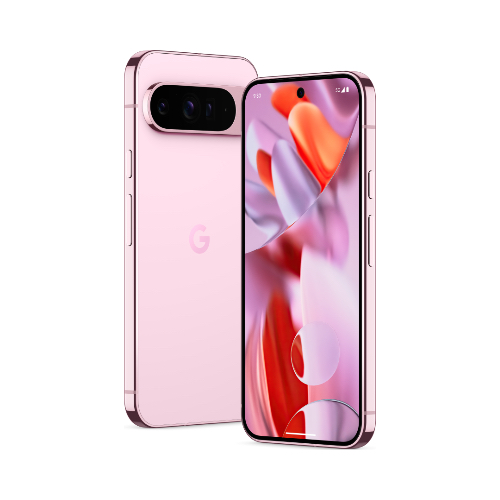
A true Android powerhouse
The Google Pixel 9 Pro XL is one thick smartphone compared to the thin Galaxy S25 Edge, but there's a good reason for that. It has a large battery, a better camera system, and plenty of Google AI and Gemini tricks. At the same price, the Pixel 9 Pro XL is the more well-rounded smartphone.
Pros
- Large, beautiful OLED display
- Premium build with glass back and polished frame
- Seven years of software support
- Faster charging speeds
Cons
- Wonky fingerprint sensor
- Tensor G4 lags behind the competition
- Thicker than Galaxy S25 Edge
- More expensive than its predecessor
Samsung’s latest Galaxy S25 model is here, and it’s the thinnest mass-production flagship Android phone you can buy in 2025. With a screen size of 6.7 inches, the Galaxy S25 Edge is around the same size as top competitors like the Galaxy S25 Plus and Google Pixel 9 Pro XL. Specifically, the Galaxy S25 Edge costs the exact same price as the Pixel 9 Pro XL.
Although both phones start at around $1,100, things are far from equal when it comes to these two handsets. The Galaxy S25 Edge sports a marvelous form factor, but it had to cut a slew of features to achieve that feat. Meanwhile, the Pixel 9 Pro XL is a thick and well-rounded smartphone. If you’re choosing between the two, here’s how the phones compare.
Samsung Galaxy S25 Edge vs. Google Pixel 9 Pro XL: Design and display
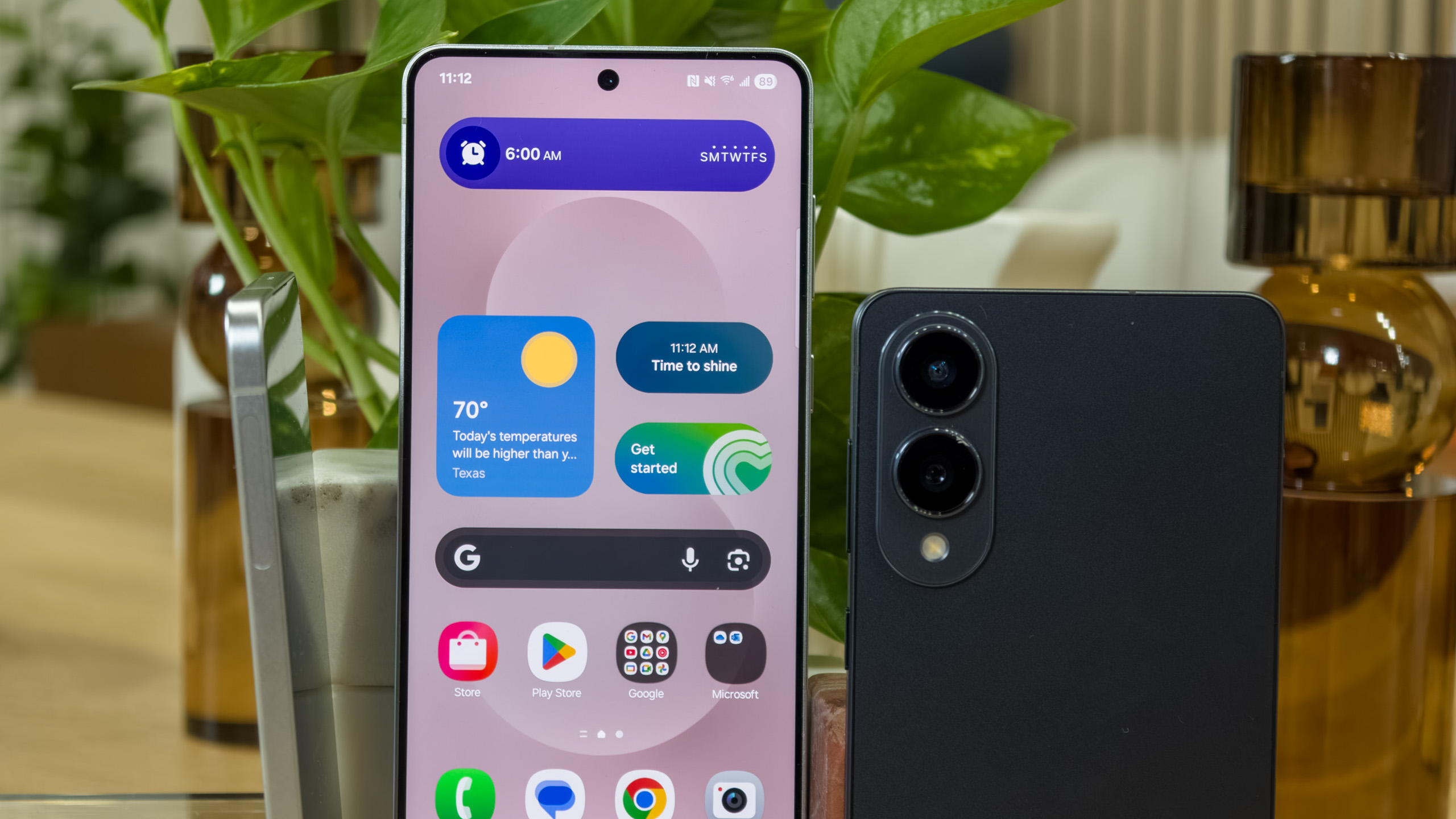
The Samsung Galaxy S25 Edge is like the Galaxy S25 Plus, but thinner and without a handful of features. That should give you a general idea of what you’re getting with the new Galaxy S25 Edge. Some of the noticeable differences include a dual-camera system, the smallest battery of any Galaxy S25 model, and a stunning 5.8mm thickness.
You could make the argument that the Galaxy S25 Edge is the antithesis of the Google Pixel 9 Pro XL. Google’s largest flagship is giant and feature-rich, which might be a good thing or a bad thing, depending on the buyer.

It measures 162.8 x 76.6 x 8.5mm, and that’s 2.7mm thicker than the Galaxy S25 Edge. Trust me, that’s a big difference when holding the two phones in your hand. The Pixel 9 Pro XL is a behemoth weighing 221 grams, which is a staggering 58 grams heavier than the Galaxy S25 Edge.
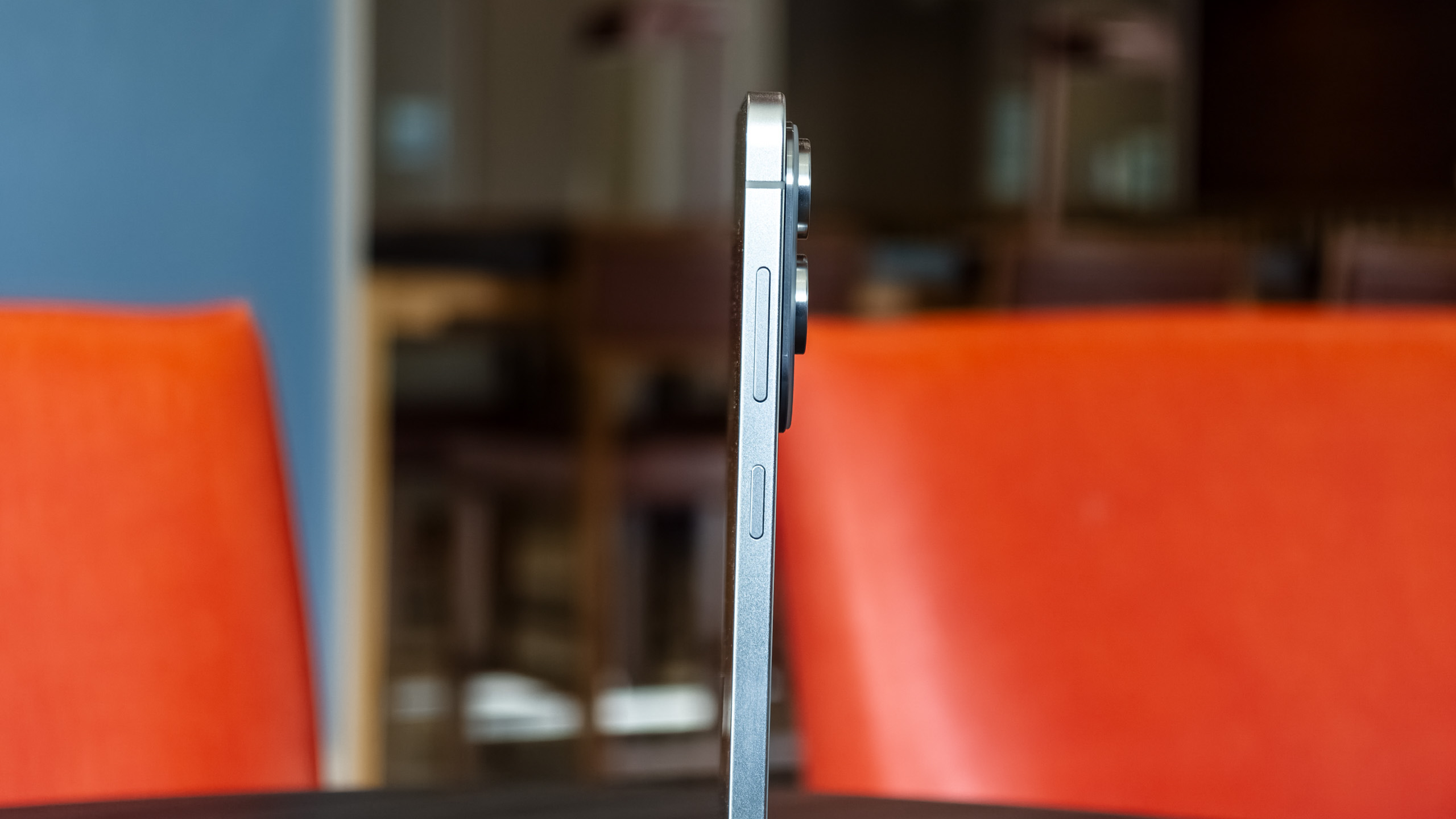
In terms of displays, the two phones are fairly similar. The Galaxy S25 Edge features a 6.7-inch AMOLED display with a refresh rate of up to 120Hz. It's also plenty bright, with up to 2,600 nits of peak brightness. This is a flagship-caliber display, for better or worse — it'll have battery life implications that we'll get to later.
The Pixel 9 Pro XL features a larger and improved 6.8-inch AMOLED screen, capable of reaching a peak brightness of 3,000 nits. Like the Galaxy S25 Edge, the Pixel 9 Pro XL uses a variable refresh rate panel that can fluctuate between 1Hz and 120Hz depending on the situation.
Get the latest news from Android Central, your trusted companion in the world of Android
Samsung Galaxy S25 Edge vs. Google Pixel 9 Pro XL: Hardware and specs
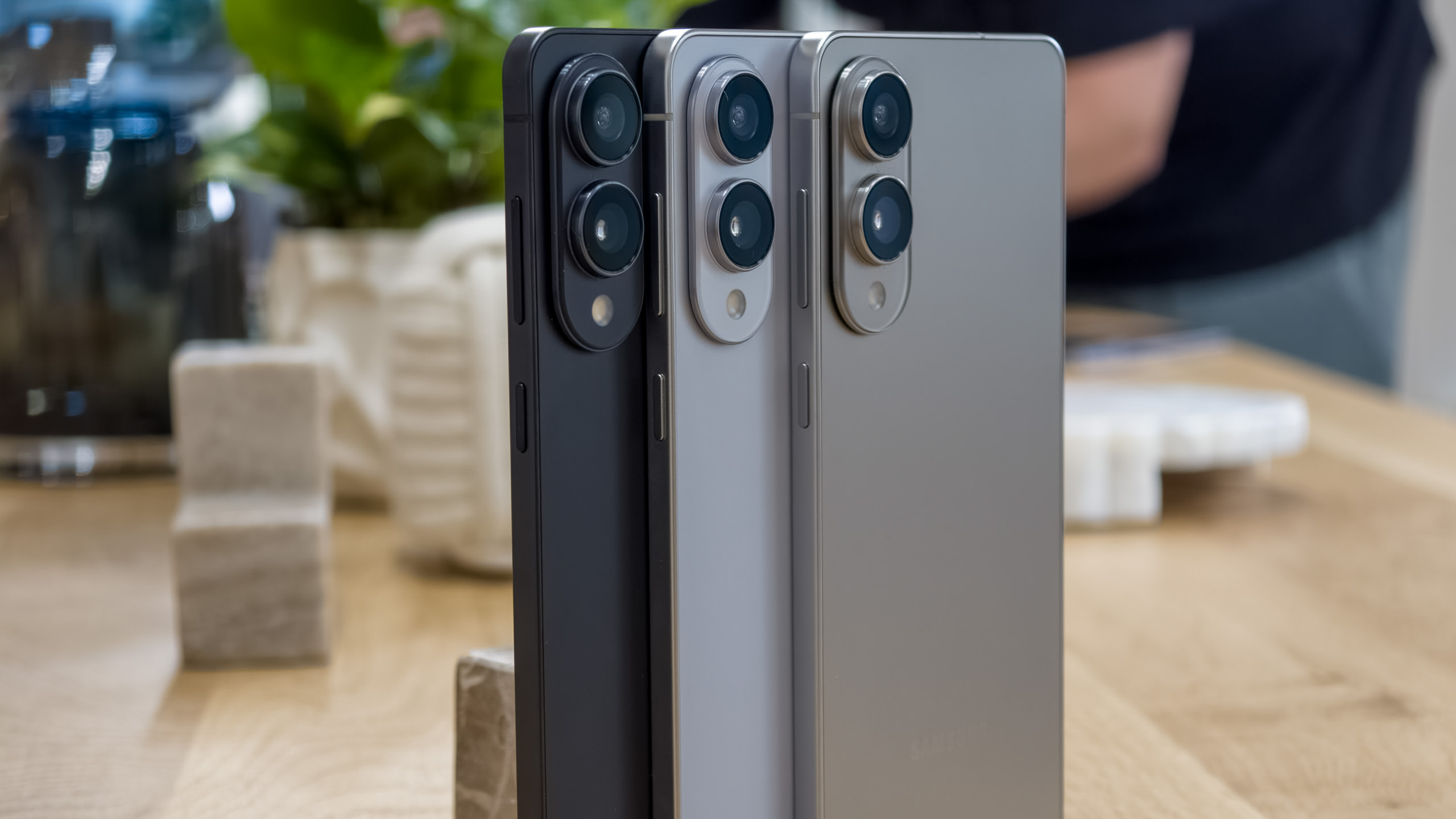
On paper, the Samsung Galaxy S25 Edge might look like the more performant smartphone compared to the Pixel 9 Pro XL. That's because the Qualcomm Snapdragon 8 Elite for Galaxy chipset in the former is more powerful than the Tensor G4 processor in the latter. However, the thinner form factor of the Galaxy S25 Edge induces thermal limitations that should result in the smartphone performing similarly to the Pixel 9 Pro XL.
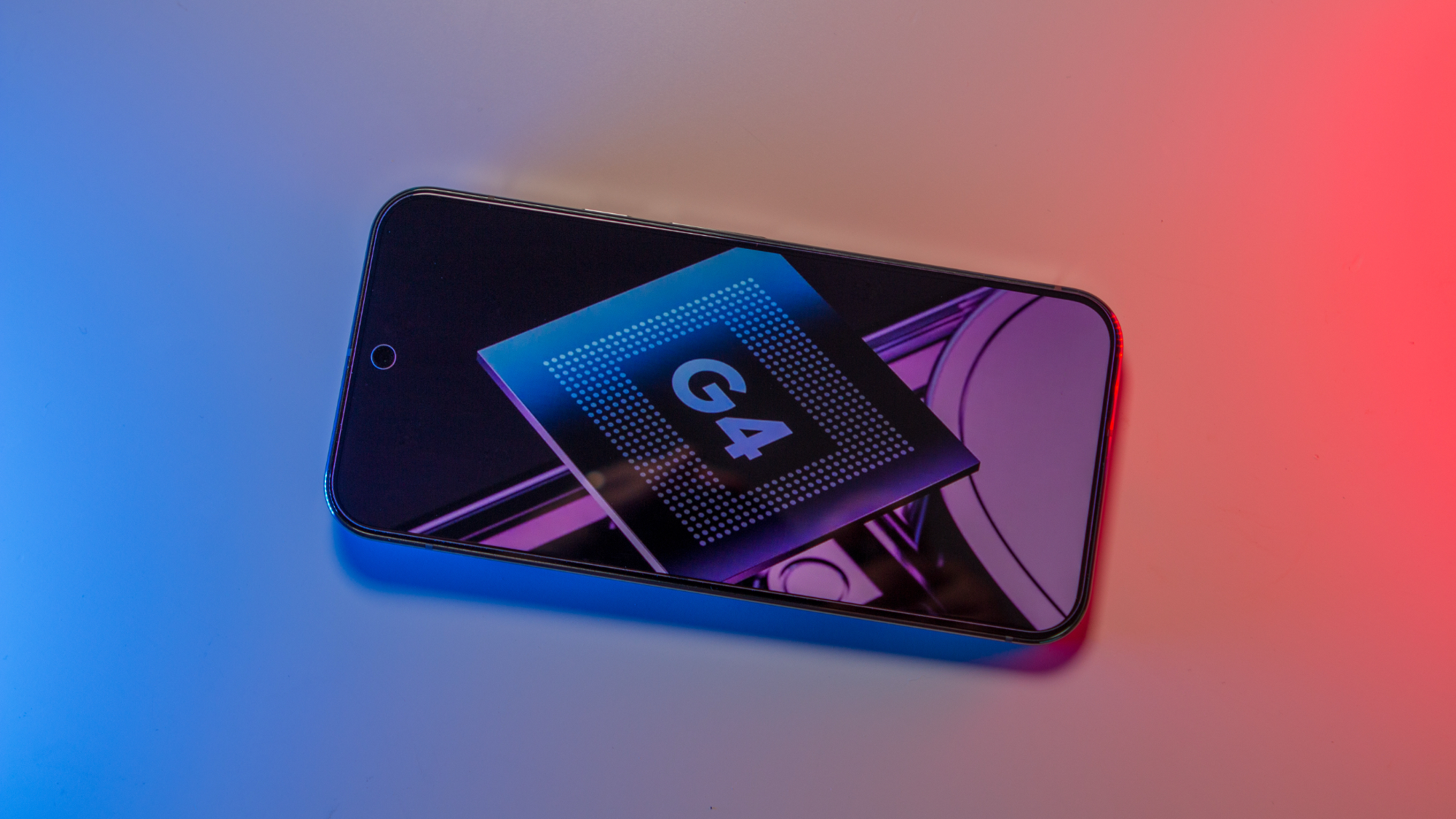
Both phones currently run Android 15, but the Galaxy S25 Edge shipped with it out of the box. The Pixel 9 Pro XL started off with Android 14, and has a little over six years of full OS upgrades left. Meanwhile, the Galaxy S25 Edge was just released and will get seven years of OS support.
Category | Samsung Galaxy S25 Edge | Google Pixel 9 Pro XL |
|---|---|---|
OS | One UI 7 (up to seven OS upgrades) | Android 14 (upgradeable, up to seven OS upgrades) |
Display | 6.7-inch QHD+ Dynamic AMOLED 2X, 120Hz LTPO, up to 2,600 nits peak brightness | 6.8-inch Super Actua display, 120Hz LTPO OLED (1-120Hz), 2992 x 1344, HDR, 3000 nits, Gorilla Glass Victus 2, 240Hz PWM dimming |
Processor | Snapdragon 8 Elite for Galaxy | Tensor G4 |
RAM | 12GB | 16GB |
Storage | 256GB, 512GB | 256GB, 512GB, 1TB |
Cameras | 200MP main + 12MP ultrawide; 12MP selfie | 50MP main + 48MP ultrawide + 48 telephoto (5x); 42MP selfie |
Speakers | Stereo speakers | Stereo speakers |
Protection | IP68 | IP68 |
Battery | 3,900mAh | 5,060mAh |
Charging | 25W | 37W wired charging |
Connectivity | Wi-Fi 7, Bluetooth 5.4, NFC, 5G, USB-C (3.2) | Wi-Fi 7, 5G (mmWave and Sub-6), Bluetooth 5.3, NFC, AptX HD, USB-C 3.2, Physical and eSIM, Satellite SOS |
Size | 158.2 x 75.6 x 5.8 mm | 162.8 x 76.6 x 8.5mm |
Weight | 163g | 221g |
Colors | Titanium Icyblue, Titanium Silver, Titanium Jetblack | Porcelain, Rose Quartz, Hazel, Obsidian |
The Galaxy S25 Edge has a better primary camera than the other phone, as it carries over the 200MP sensor found within the Galaxy S25 Ultra. Its secondary camera options leave much to be desired, though. There's just a 12MP ultrawide lens — no telephoto camera — and a 12MP selfie camera. You do get 2x optical zoom by the way of sensor crop, but that's it.
Meanwhile, the Pixel 9 Pro XL has a well-rounded system with three rear cameras. You get a 50MP main camera sensor paired with an upgraded 48MP ultrawide lens. Best of all, there's a 48MP telephoto camera supporting 5x optical zoom. The Pixel 9 Pro XL's secondary cameras will blow the Galaxy S25 Edge's ultrawide camera out of the water.
Samsung Galaxy S25 Edge vs. Google Pixel 9 Pro XL: Battery life and charging

Battery life and charging typically don't receive their own section in our comparisons, which is a sign of just how important it is when it comes to the Galaxy S25 Edge. The smartphone has a 3,900mAh battery capacity. That's smaller than the base-model Galaxy S25 while packing the same exact screen as the Galaxy S25 Plus. In other words, the display will draw the same amount of power as it would on the Galaxy S25 Plus while using the much smaller battery on the Edge.
In our testing, the battery manages to last roughly a full day, but you'll likely be on fumes by bedtime, and power users may not be so lucky. Add in the slow 25W wired charging speeds — another casualty of the phone's tiny battery — and the combination is a recipe for disaster. It's definitely something you need to consider when thinking about buying this smartphone.
The Pixel 9 Pro XL is on another planet with its massive 5,060mAh battery capacity. The charging speed isn't that much faster at 37W wired, but it's better than the Galaxy S25 Edge. If battery life is an important factor for you, the Pixel 9 Pro XL has a clear advantage.
Samsung Galaxy S25 Edge vs. Google Pixel 9 Pro XL: Which should you buy?
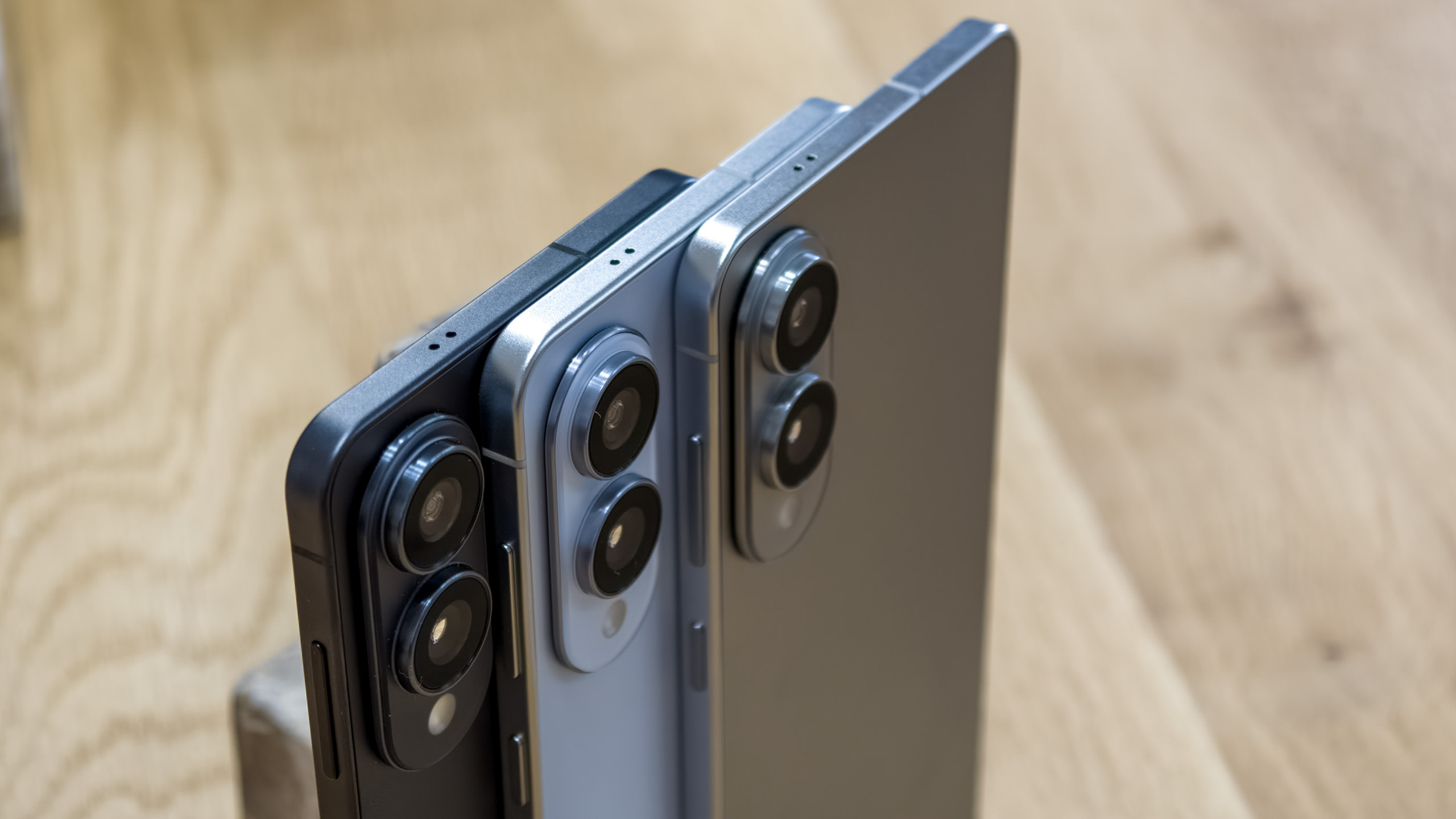
Strictly from a price-to-performance ratio, it’s hard to justify the Samsung Galaxy S25 Edge. At $1,099, you’re paying the exact same price as the Pixel 9 Pro XL while getting arguably worse battery life, a less versatile camera, and a bigger display. On the other hand, the 221-gram Pixel 9 Pro is exactly why the Galaxy S25 Edge exists. It’s thinner, lighter, and easier to handle, and that’s its sole appeal. I love thin tech, so the Galaxy S25 Edge is incredibly exciting to me, but it’s not for everyone.
By comparison, the Pixel 9 Pro XL is certainly the better value and the more practical option for most people. It addresses three major gripes with the Galaxy S25 Edge by offering a 5,060mAh battery, 37W “fast” charging, and a telephoto lens with 5x optical zoom. If you want one of the best Android phones you can buy, the Pixel 9 Pro XL should be your choice.
The Galaxy S25 Edge is arguably the best thin Android phone, but that size qualifier has to be really important to you in order to justify the compromises.

Is being thin enough?
The Samsung Galaxy S25 Edge is all about one question: is having a thin phone with everything you give up? The battery life, slow charging speeds, and absence of a telephoto lens are all real cons of choosing this phone. However, the lifestyle changes resulting from having a thin-and-light 6.7-inch flagship may be worth it.

The sensible solution
The Google Pixel 9 Pro XL is a heavyweight fighter, but it's undoubtedly the more complete package. You get a full triple-camera system, a giant battery, and a slightly-larger screen.

Brady is a tech journalist for Android Central, with a focus on news, phones, tablets, audio, wearables, and software. He has spent the last three years reporting and commenting on all things related to consumer technology for various publications. Brady graduated from St. John's University with a bachelor's degree in journalism. His work has been published in XDA, Android Police, Tech Advisor, iMore, Screen Rant, and Android Headlines. When he isn't experimenting with the latest tech, you can find Brady running or watching Big East basketball.
You must confirm your public display name before commenting
Please logout and then login again, you will then be prompted to enter your display name.
